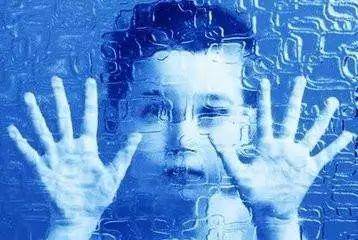In the colorful tapestry of society, every child is a unique hue. However, for children with autism, they may face distinct challenges, especially in the realm of social interaction. Autism, a neurodevelopmental disorder, leaves many children confused and uneasy when it comes to understanding others’ emotions, expressing their own needs, and participating in social activities. But please believe that through scientific “social training,” we can open a door to society for children with autism, allowing them to shine on the stage of life.
Social Training: The First Step to Understanding
Social training, as the name implies, is a series of interventions designed to address the deficits in social skills among children with autism. It is not merely about teaching children how to greet others or share toys; more importantly, it helps them understand social rules, recognize and respond to others’ emotional signals, and build and maintain interpersonal relationships. Through professional assessment and personalized training plans, we can accurately identify the social obstacles faced by the child and implement targeted training.
Creating an Inclusive Environment to Stimulate Participation
In social training, it is crucial to create a safe, inclusive, and loving environment. This necessitates the collaborative efforts of parents, teachers, and all members of the community to create a prejudice-free atmosphere that encourages experimentation for children with autism. By organizing group activities, role-playing games, and other interactive methods, children can gradually adapt to social scenarios in a relaxed and enjoyable environment, igniting their enthusiasm for participation and boosting their confidence.
Step by Step, Gradually Improving
The cultivation of social skills is a gradual process. In the early stages of training, we can start with simple eye contact and physical interactions, gradually guiding the child to understand and respond to others’ emotions. As the child’s abilities improve, we can gradually increase the difficulty and complexity of the training, such as teaching them how to take turns speaking, how to ask and respond to questions, and how to handle conflicts. Through this step-by-step guidance and practice, the child’s social capabilities will see significant improvement.
Close Collaboration Between Family and School
The success of social training relies on the close collaboration between family and school. Parents should actively participate in their child’s training process, understand the training content and methods, and reinforce and extend it in daily life. Meanwhile, schools should also provide specialized social skills training courses for children with autism and integrate them with other educational subjects to form a comprehensive support system. Through the collaborative education of family and school, we can build a more complete social training network for children with autism.
[If there is infringement, please contact for removal].


